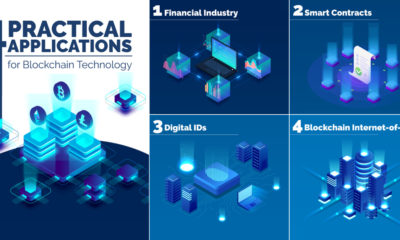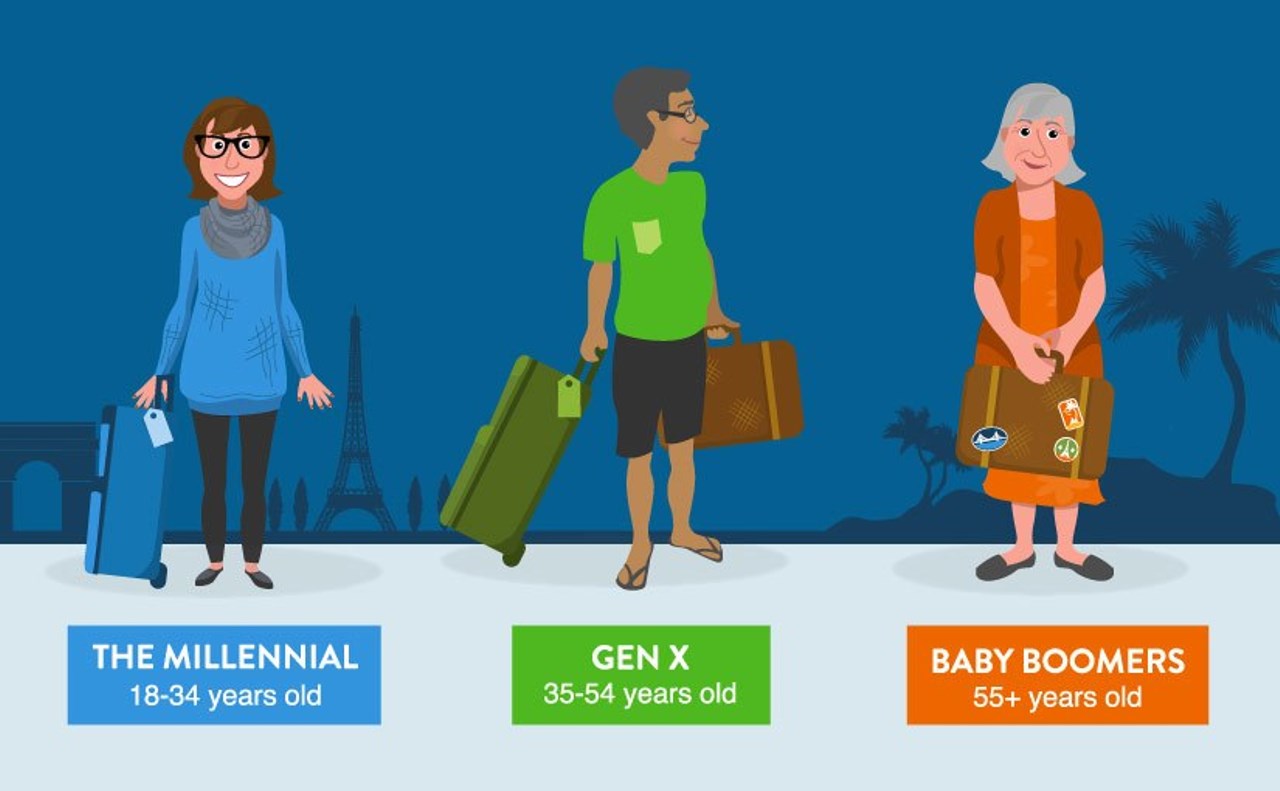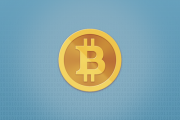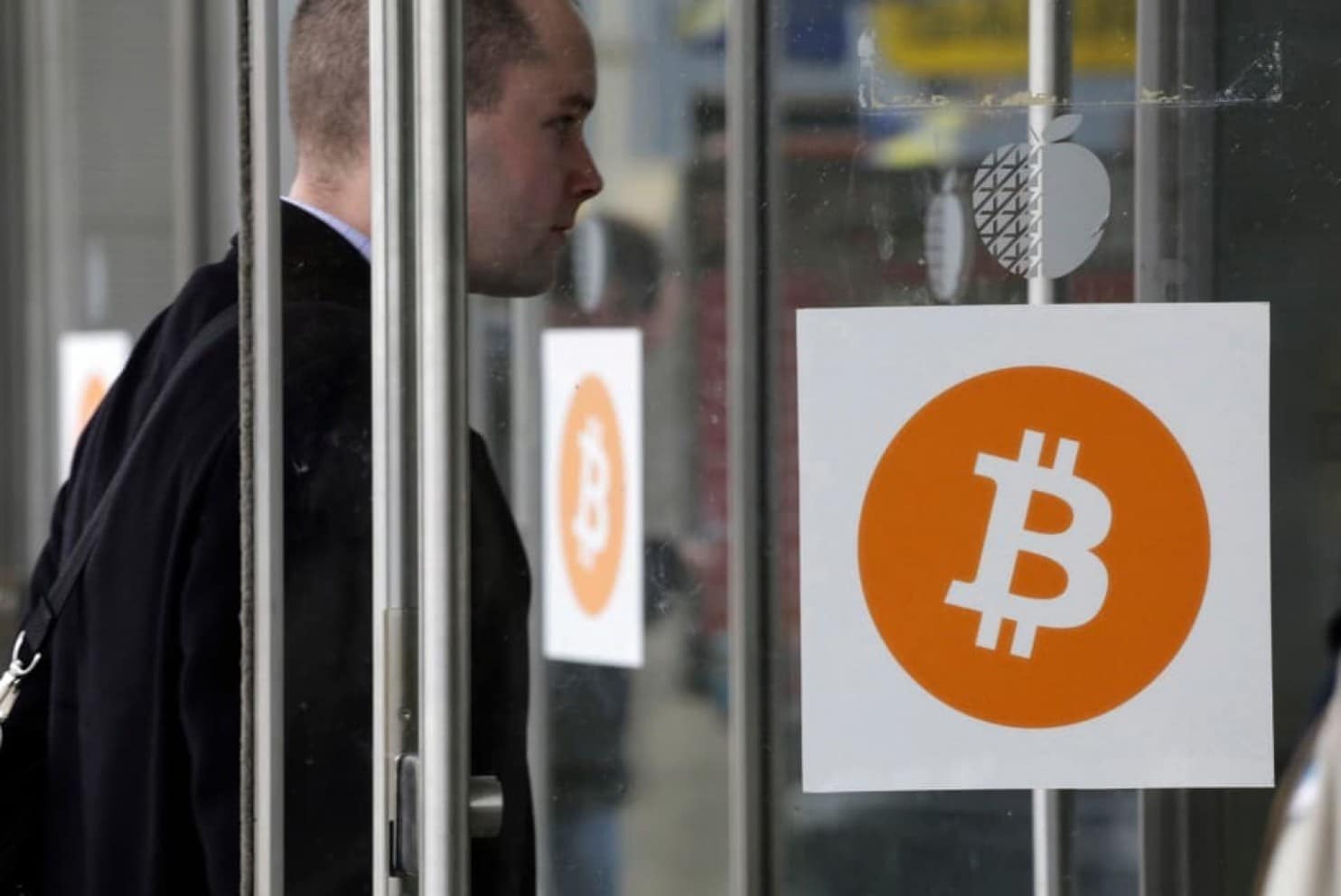Cryptocurrencies have evolved past digital cash. This graphic explores the the new cryptocurrency ecosystem and how it’s impacting the modern economy.
Visualizing the New Cryptocurrency Economy
Over a decade ago, the birth of Bitcoin sparked a revolution in the digital world — and just last year, the number of active cryptocurrencies jumped from roughly 1,600 to over 3,000 worldwide.
Cryptocurrencies have now evolved past simple digital currencies, offering solutions to meet the complex needs of modern financial markets.
Today’s graphic from Abra visualizes the complex, ever-evolving cryptocurrency ecosystem and its real-world applications.
Characteristics of Cryptocurrencies
Why are cryptocurrencies important for the future of digital finance?
- Borderless
Drastically reduces fees and processing times due to a lack of cross-border restrictions - Censorship-free
Prevents governments or major institutions from blocking financial activities at whim - Greater financial control
Individuals can have total control of their funds - Greater security
Prevents fraudulent alterations from third parties - Lower costs
Lower transaction fees thanks to fewer third parties - Greater Accessibility
Reduces or eliminates traditional barriers to capital markets
Much like the internet has forever altered how we live and work, cryptocurrencies have the potential to change how people participate in global financial markets.
Categorizing the New Crypto Economy
Today’s cryptocurrencies go beyond replacing cash. This new token-based economy is evolving─with unique solutions emerging in finance, security, identification, social engagement, and ownership.
Cryptocurrencies are generally categorized by their primary application within the ecosystem:
- Payments
Digital cash can be used for both ecommerce and brick-and-mortar retailers - Store of value
New form of scarce native currency and a means of settlement - Programmable money
Borderless money that enables easy conversion between currencies - Stablecoins
Crypto version of fiat which is tied to the value of resources like gold or the U.S. dollar - Privacy
Private digital transactions, with some offering anonymity - Digital ownership
Digital handling, storage, and monetization of data - Decentralized utilities
Crypto-enabled networks, products, and services that exchange between assets - Alternative finance
Digital assets such as collectibles, commodities, and tokenized securities
Cryptocurrencies are adding both value and utility to the digital economy, and to the global financial market as a whole.
Source/More: A New Digital Economy: Visualizing the Cryptocurrency Ecosystem

















